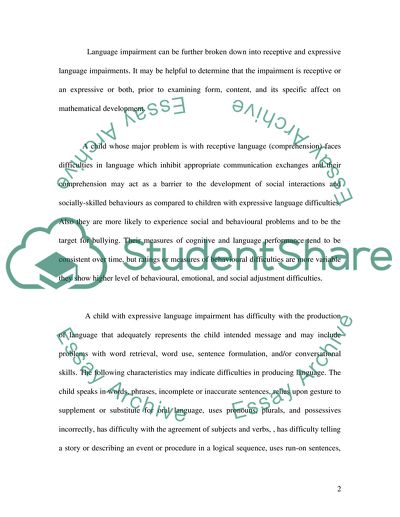Cite this document
(“Affect of Specific Language Impairment Essay Example | Topics and Well Written Essays - 2500 words”, n.d.)
Retrieved from https://studentshare.org/education/1551051-in-what-ways-do-specific-language-impairments-affect-mathematical-development
Retrieved from https://studentshare.org/education/1551051-in-what-ways-do-specific-language-impairments-affect-mathematical-development
(Affect of Specific Language Impairment Essay Example | Topics and Well Written Essays - 2500 Words)
https://studentshare.org/education/1551051-in-what-ways-do-specific-language-impairments-affect-mathematical-development.
https://studentshare.org/education/1551051-in-what-ways-do-specific-language-impairments-affect-mathematical-development.
“Affect of Specific Language Impairment Essay Example | Topics and Well Written Essays - 2500 Words”, n.d. https://studentshare.org/education/1551051-in-what-ways-do-specific-language-impairments-affect-mathematical-development.


